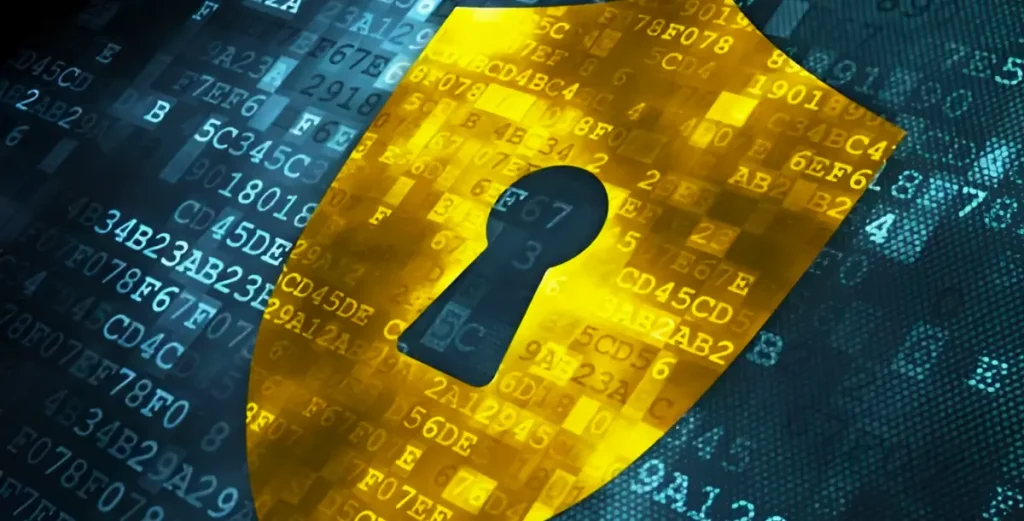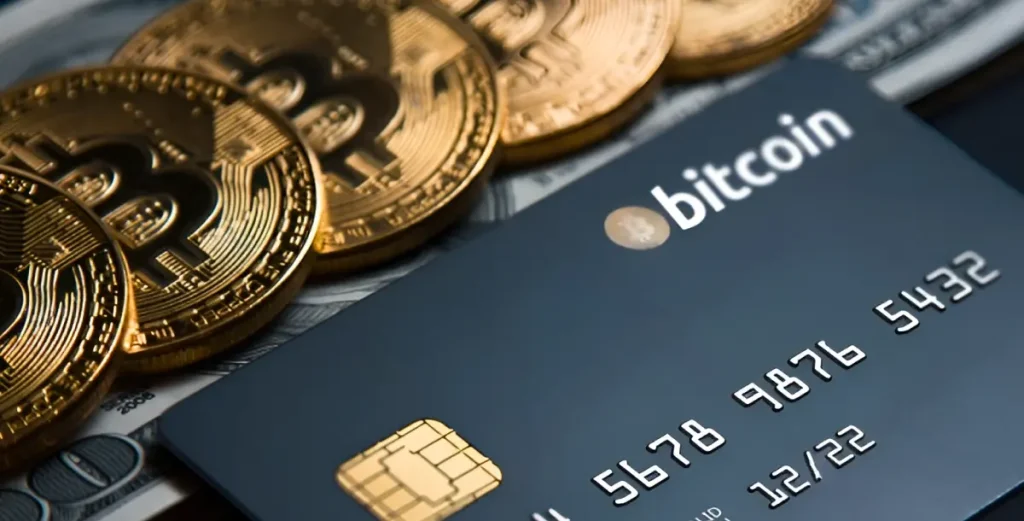The initial hype surrounding the Metaverse and Web3 may have quieted, but the underlying technologies have matured into powerful tools for B2B enterprises. In 2025, the focus has shifted from abstract concepts to tangible results. We are now seeing specialized, purpose-built metaverses like NVIDIA’s Omniverse for industrial digital twins and Siemens’ Xcelerator for collaborative engineering gain significant traction. These platforms demonstrate how immersive experiences, powered by decentralized Web3 infrastructure, are solving real-world business challenges.
This article moves beyond the beginner definitions to explore the latest developments. We will highlight how these advancements are creating practical solutions for B2B marketing, operations, and finance, delivering measurable ROI. For enterprises looking to leverage this next wave of digital transformation, understanding the secure infrastructure that makes it possible is crucial.
The Evolution of the Metaverse and Web3
The conversation has evolved. The Metaverse is no longer just a futuristic virtual world; it’s a network of immersive digital environments where business gets done. Web3 provides the secure, decentralized backbone for these spaces.
The Metaverse in One Sentence
The Metaverse is a collective virtual shared space, created by the convergence of immersive technologies like Virtual and Augmented Reality (VR/AR), enterprise blockchain, and digital assets. It’s not a single application or platform but a network of interconnected, persistent virtual environments. While gaming has been an early driver, the true potential for the Metaverse for business lies in areas like virtual conferences, digital showrooms, and remote collaboration.
How Web3 Powers the Metaverse
At the heart of the Metaverse’s evolution lies Web3, the next iteration of the internet. Built on the principles of decentralization, blockchain technology, and user ownership of data and assets, Web3 provides the foundational infrastructure that enables the Metaverse to thrive. By empowering users to truly own their digital identities, assets, and experiences, Web3 ensures that the Metaverse is not just a collection of virtual spaces but a user-driven ecosystem.
What Is Web3 and How Is It Different from Web2?
Web3 is the next evolution of the internet, built on the principles of decentralization, blockchain technology, and user ownership of data and assets. It represents a paradigm shift from the current internet, Web2.
Here’s a simple comparison:
- Web2: Centralized platforms (like Google, Facebook, and Amazon) own the data and control the network. Users provide data in exchange for services.
- Web3: Users and enterprises own their digital assets and data through personal crypto wallets, tokens, and smart contracts. Control is distributed across the network rather than held by a single entity.
Essentially, the Metaverse serves as the immersive front-end layer where people socialize, work, shop, and play, while Web3 operates as the trust and ownership layer beneath it. The Metaverse creates the 3D environments and interactive experiences users step into, but it’s Web3 that ensures everything inside those worlds has real, verifiable value, whether that’s digital assets, identity, currency, or creator-owned content.
Together, they form a complete ecosystem: the Metaverse delivers the experience; Web3 ensures those experiences are secure, user-owned, and interoperable across virtual spaces.
Why This Matters for B2B Enterprises Now
This technological shift is reshaping B2B engagement at a foundational level. With Web3 infrastructure powering verifiable ownership, secure data exchange, and interoperable identities, enterprises can now build metaverse environments that go far beyond virtual demos. They can create authenticated digital twins, run trustless training simulations, track asset usage on-chain, and host persistent customer ecosystems where every interaction generates measurable value.
For B2B leaders, the risk isn’t about missing out on flashy 3D demos, it’s falling behind as competitors adopt Web3-enabled environments that reduce costs, improve training accuracy, strengthen customer retention, and unlock new revenue models. Ignoring this evolution means ignoring the operational ROI already being realized by early movers.
Core Components of the Metaverse
The Metaverse is built on several key technological pillars that work together to create a seamless, interactive experience.
Immersive Technologies: VR, AR, and Mixed Reality
- Virtual Reality (VR): Creates fully immersive, computer-generated environments that users can enter using a headset. B2B applications include highly realistic employee training simulations and virtual factory tours.
- Augmented Reality (AR): Overlays digital information onto the physical world through a device like a smartphone or smart glasses. This is ideal for field service technicians who need to see repair instructions overlaid on machinery.
- Mixed Reality (MR): Blends the physical and digital worlds, allowing users to interact with both virtual and real-world objects. This enables more dynamic and collaborative design and engineering sessions.
Digital Assets: NFTs and Tokenized Goods
Digital assets are the backbone of the Metaverse because they give virtual environments real economic structure. Through blockchain, every asset from land, items, identities, or credentials has verifiable ownership, scarcity, and transferability. This is what makes metaverse economies functional rather than purely cosmetic.
How Digital Assets Strengthen Metaverse Use Cases
- Ownership of Virtual Land & Items: Blockchain ensures that every parcel, avatar asset, or in-world item is uniquely owned and tradeable, enabling true digital property rights.
- Access Tokens: NFTs function as programmable passes for events, premium spaces, or gated B2B communities—unlocking controlled, on-chain access inside the Metaverse.
- Digital Certificates: NFT-based credentials bring trust to virtual workflows, verifying training completion, equipment authenticity, or warranty claims.
- Tokenized Products: Physical products can be mirrored as digital twins in the Metaverse, enabling authenticated samples, supply-chain tracking, or interactive virtual showrooms.
Note: Digital assets aren’t an add-on. They’re what make the Metaverse operable, ownable, and economically meaningful for enterprises.
Blockchain Infrastructure and Interoperability
Blockchain gives the Metaverse its real utility by enabling verifiable ownership, secure identity, and trusted transactions. But for enterprises, the real advantage appears when these capabilities work across multiple platforms. Assets, credentials, and data must remain consistent and usable whether they originate in one virtual environment or are brought into another.
This level of interoperability is what turns the Metaverse from isolated 3D spaces into a functional digital economy. When blockchain networks can communicate and validate each other’s assets, enterprises can scale across partners and markets without rebuilding systems or duplicating data. In short, interoperable blockchain infrastructure is the foundation that makes enterprise metaverse strategies sustainable and future-proof.
Real Opportunities for B2B Enterprises in the Metaverse
Blockchain ensures that every asset and interaction inside a virtual environment is verifiable and persistent. It provides the ownership layer, the payment rails, and the trust infrastructure that make these virtual environments suitable for real business activity.
Marketing and Customer Experience in the Metaverse
- Virtual Showrooms: Digital twins of complex products can carry on-chain metadata on identity, specs, certifications so customers explore authenticated models, not marketing replicas.
- Immersive Product Demos: Smart contracts can manage access rights, usage logs, and licensing automatically, creating traceable demo interactions that feed directly into CRM or sales workflows.
This shifts metaverse marketing from “3D visuals” to on-chain, measurable customer engagement.
Cross-Chain Payments and Settlements
Blockchain is the settlement layer that enables global, instant, and programmable payments inside the Metaverse.
- Faster, Borderless Transactions: Cross-chain infrastructure allows enterprises to accept payment in one digital currency and settle in another, bypassing bank delays and FX friction.
- Programmable Commerce: Smart contracts enable automatic invoicing, escrow, milestone-based payments, and usage-based billing within the metaverse environment.
Community, Loyalty, and Supply Chain Transparency
Web3 tools enable enterprises to build stronger, more interactive communities with their most valuable customers and partners. And blockchain is what makes metaverse-based communities and enterprise systems interoperable and trustworthy.
- Token-Gated Experiences: Tokens stored in a user’s wallet act as on-chain access credentials across virtual platforms.
- Next-Generation Loyalty: NFTs become portable, verifiable status symbols that customers can use across metaverse ecosystems—not locked into a single platform.
- Supply Chain Transparency: Blockchain creates a tamper-proof record of asset movement from origin to delivery, enabling authenticated product histories and sustainability proofs that can be surfaced inside the Metaverse.
The Metaverse Needs Enterprise-Grade Blockchain to Become Enterprise-Ready
The Metaverse is more than a visual interface. It is an emerging business environment powered by blockchain infrastructure. For B2B enterprises, competitive advantage will come from adopting systems that enable verifiable ownership, interoperable assets, programmable payments, and trusted data flows across virtual and physical operations.
As this shift accelerates, the leaders will be the companies that treat Web3 as a core capability rather than a side experiment.
ChainUp provides the secure and scalable blockchain infrastructure that enterprises need to build confidently in this new era, allowing you to focus on strategy while we manage the technical foundation.




